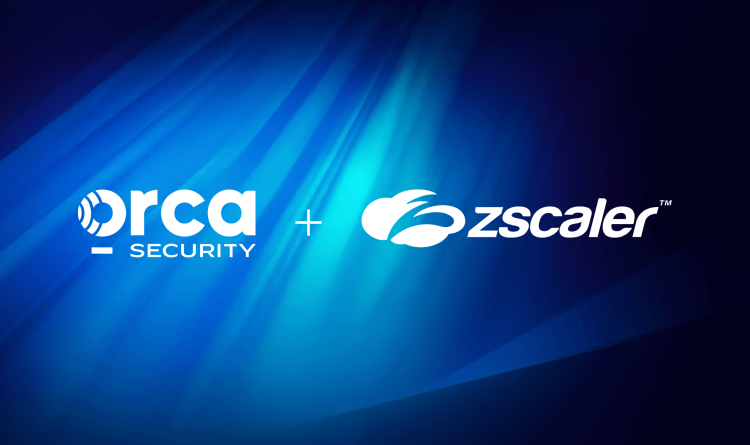Cloud infrastructure refers to the foundational technology and services that support computing resources in cloud environments. It includes virtual servers, storage, networking, and the platforms and tools used to deploy and manage applications. Cloud infrastructure enables organizations to scale quickly, reduce hardware costs, and operate more flexibly than with traditional on-premises environments.
Cloud infrastructure can be provisioned on demand, managed programmatically, and operated across multiple availability zones or cloud providers.
What is cloud infrastructure?
Cloud infrastructure is the combination of physical and virtual components that deliver computing, storage, and network capabilities to users through the cloud. It is the backbone of cloud computing services—whether public, private, hybrid, or multi-cloud—and it provides the environment in which applications run, data is stored, and users interact.
The key building blocks of cloud infrastructure include:
- Compute: Virtual machines (VMs), containers, and serverless functions that execute applications and services
- Storage: Object, block, and file storage systems used to store application data, backups, and logs
- Networking: Virtual networks, gateways, firewalls, and load balancers that control data flow and connectivity
- Orchestration and management tools: Services like Kubernetes, infrastructure as code (IaC), and configuration management systems
- Monitoring and security controls: Tools to track usage, enforce policies, and detect threats
Cloud infrastructure is delivered and managed by cloud service providers (CSPs) such as Amazon Web Services (AWS), Microsoft Azure, and Google Cloud Platform (GCP).
Why is cloud infrastructure important?
Cloud infrastructure enables the agility, scalability, and cost-efficiency that define modern digital transformation. It replaces traditional, rigid hardware models with dynamic, API-driven provisioning, allowing organizations to spin up resources in minutes and only pay for what they use.
Cloud infrastructure is critical for:
- Scalability: Easily scaling resources up or down to meet demand
- Flexibility: Supporting diverse workloads from development to production
- Cost efficiency: Reducing capital expenditures on hardware and shifting to an operational expense model
- Global reach: Deploying applications closer to users with distributed cloud regions
- High availability: Maintaining business continuity with built-in redundancy and disaster recovery
As organizations modernize their IT strategies, cloud infrastructure becomes the foundation for everything from microservices architectures to machine learning pipelines.
Key components of cloud infrastructure
A well-architected cloud infrastructure environment consists of several interconnected components:
Compute resources
These include virtual machines (EC2, Compute Engine, Azure VMs), containers managed by orchestration platforms (like Kubernetes), and serverless computing (AWS Lambda, Google Cloud Functions) for event-driven workloads.
Storage solutions
Cloud providers offer multiple storage options such as:
- Object storage (e.g., Amazon S3, Google Cloud Storage) for large-scale unstructured data
Block storage (e.g., Amazon EBS) for persistent volumes - File storage (e.g., Amazon EFS, Azure Files) for shared access to files across services
Networking and connectivity
Virtual networks (VPCs), subnets, NAT gateways, and VPNs allow secure and controlled communication within and between cloud environments. Load balancers distribute traffic, while DNS services ensure application availability and resilience.
Infrastructure as code (IaC)
IaC tools such as Terraform, AWS CloudFormation, and Azure Resource Manager templates automate cloud infrastructure provisioning, making environments repeatable, auditable, and easy to manage at scale.
Identity and access management (IAM)
IAM systems enforce who can access cloud infrastructure and under what conditions. Fine-grained permissions help reduce the risk of unauthorized access and misconfigurations.
Monitoring and observability
Cloud infrastructure includes services that track resource utilization, system health, performance metrics, and logs. These insights help detect issues, maintain uptime, and optimize operations.
Cloud infrastructure challenges
While cloud infrastructure offers powerful advantages, it also presents challenges that organizations must address:
- Complexity: Managing infrastructure across multiple regions, accounts, and services can be overwhelming
- Misconfigurations: Simple mistakes—like open ports or public storage buckets—can expose systems to risk
- Lack of visibility: Distributed environments make it harder to maintain centralized oversight of workloads and configurations
- Overprovisioning or waste: Poor cost management can lead to underutilized resources and unnecessary spend
- Security and compliance: Ensuring infrastructure is secure and aligned with regulatory frameworks requires continuous monitoring
To address these challenges, organizations must adopt security and management practices that scale with the cloud’s flexibility and speed.
How Orca Security helps
The Orca Cloud Security Platform provides agentless-first, comprehensive visibility into your cloud infrastructure across AWS, Azure, Google Cloud, Oracle Cloud, Alibaba Cloud, and Kubernetes. With Orca, organizations can:
- Automatically scan infrastructure for misconfigurations, vulnerabilities, and other risks
- Detect exposed storage buckets, open ports, and other risky configurations
- Visualize how infrastructure components connect and surface attack paths, including lateral movement risks
- Monitor changes to infrastructure code and runtime configurations
- Map cloud infrastructure risk to compliance frameworks like NIST, PCI-DSS, and ISO 27001
Orca helps organizations gain full control of their cloud infrastructure—so they can build and scale securely, without sacrificing speed or flexibility.



